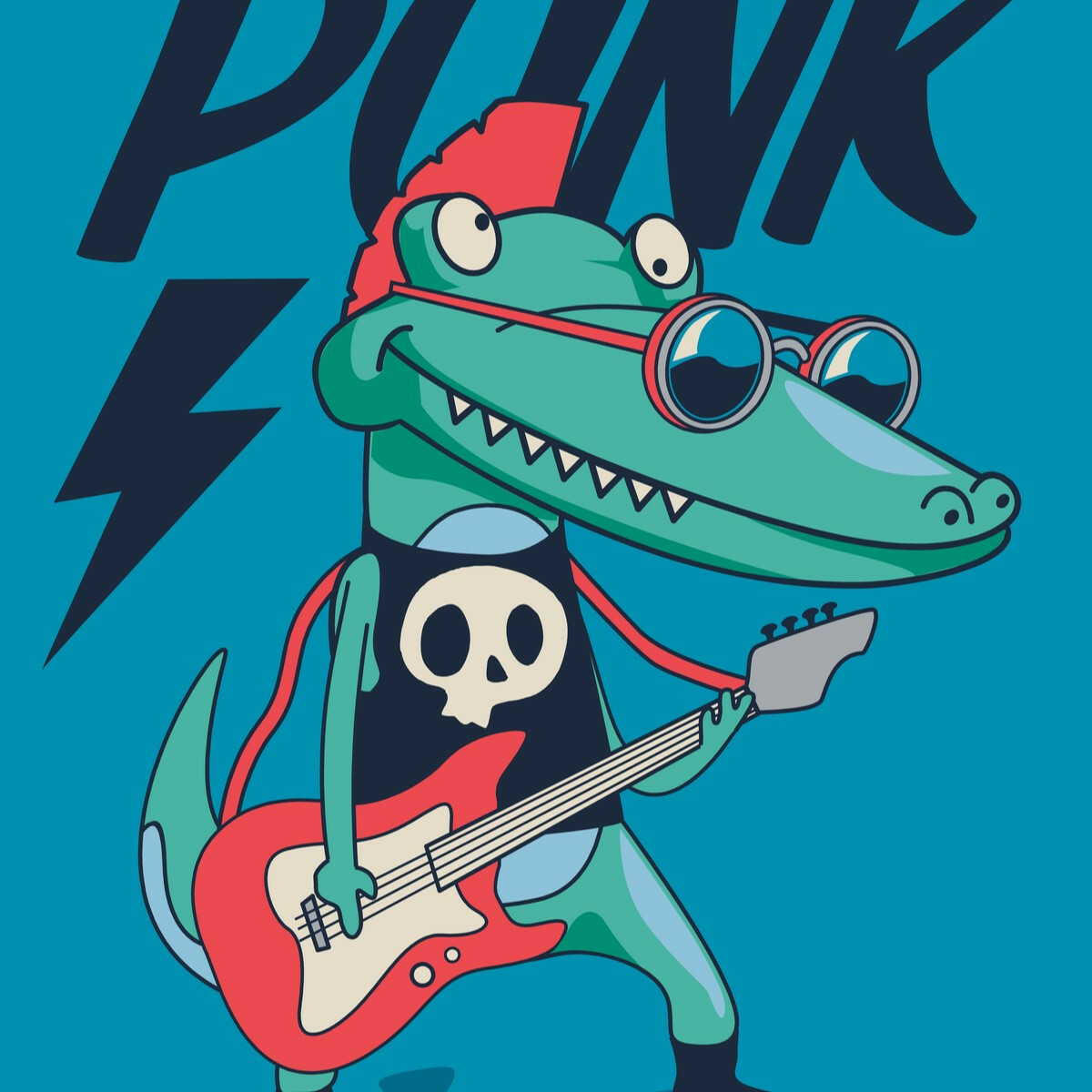
A Rock and Roll Fantasy
For a time, rock and roll rebels claimed fashion as their own. That includes custom patches.
In the beginning was the music.
Emerging from the rhythm and blues scene of the 1950s, it was rock and roll. And it was good.
Stripped down, often just guitar, bass and drums, rock and roll was a driving force, inspiring young rebels to do unspeakable things – dance, for example. The King came along – such a nice young man! – and made it respectable enough to take over the airwaves.
And it was good.
Producer Phil Spector created the Wall of Sound. The British invaded. Bands named after insects and tumbling rocks soared in the charts.
And it was good.
Moog and ARP created synthesizers. Bands experimented with them, and added horns, strings and “progressive rock” was born.
And it was – OK, wait a minute.
While there was still great rock and roll to be found, by the mid-1970s, many bands grew pretentious and “artsy.”
That’s when punk rock was born. Young musicians who were tired of “art” just wanted to get back to the original, pure sound. The basics – drums, bass, guitars – came back with a snarl.
And it was good once again.
Along with that snarl came a certain fashion sense. Leather jackets, torn t-shirts, and ripped jeans became a statement to go with a punk attitude. The back to basics ideals of punk became a movement in the late ‘70s and early ‘80s.
Of course, patches were a part of the fashion scene too. The backs of jackets bore minimalist manifestos, while the fronts sported smaller patches with single word messages.
Like other movements before it, punk was for the most part assimilated, commodified and commercialized by mainstream culture eventually. Many of the rebels began to look and sound the same. And as young listeners moved on to hip hop, rap, Taylor Swiftian pop and other forms, punk rock became passe. Today, you’re as likely to see green hair on a grandma at the supermarket as on a high school student.
There’s nothing wrong with recalling the scene, though. Punk style patches, whether with band names or epigrams, can still strike a chord on a jacket, vest, shirt or backpack today. They’re an ideal way to market a band, group or nonprofit organization.
Why not find out how punk rock patches can make a difference for your group today? Call us or email, and let us show you how punk fashion can work for your product, logo or concept.
